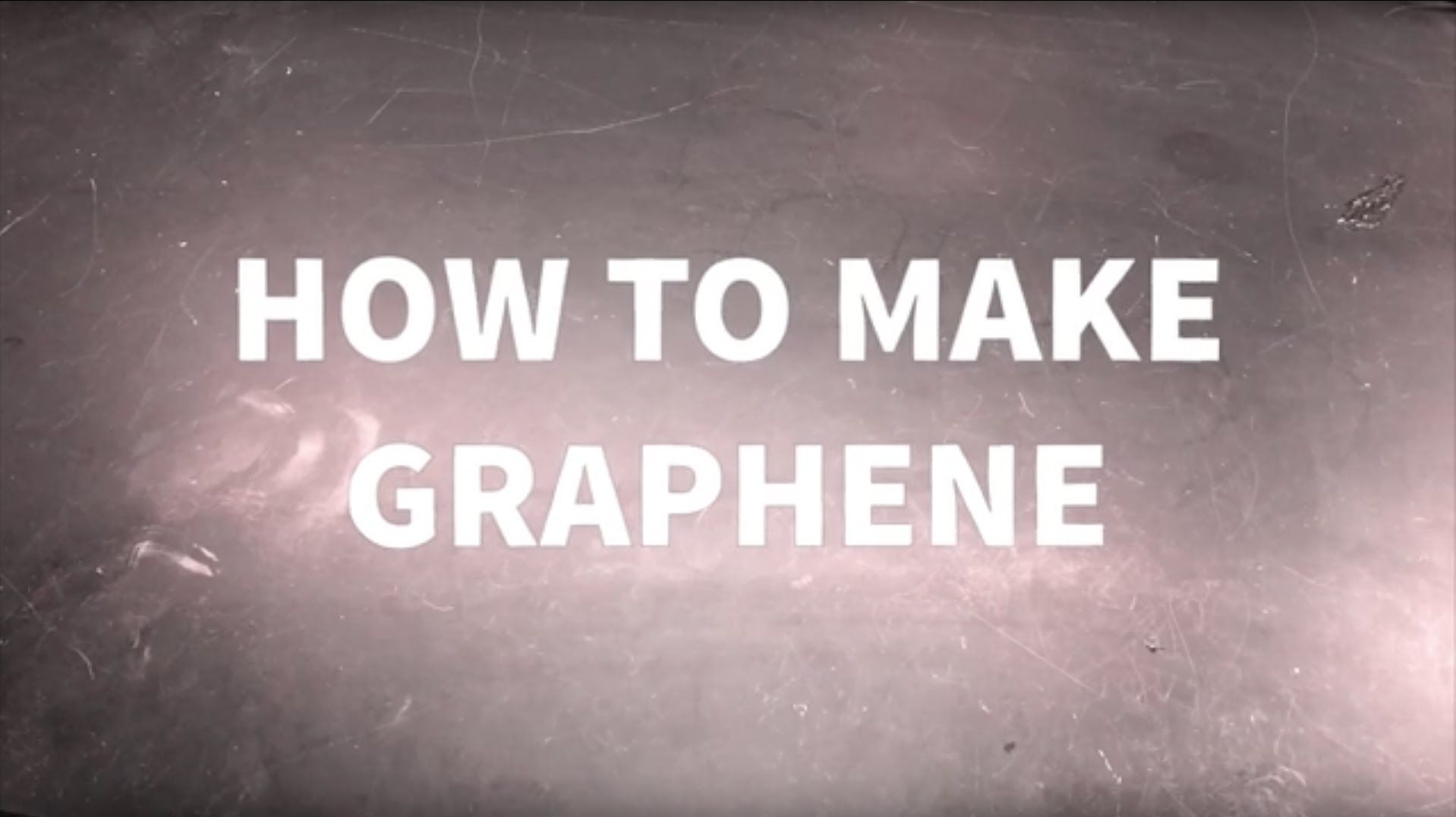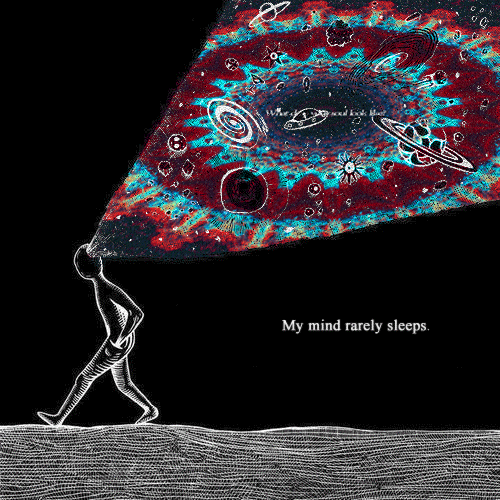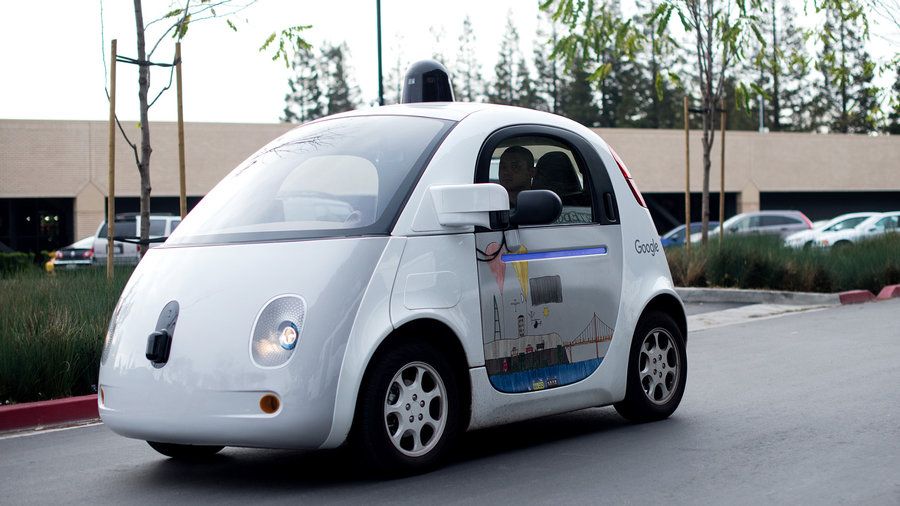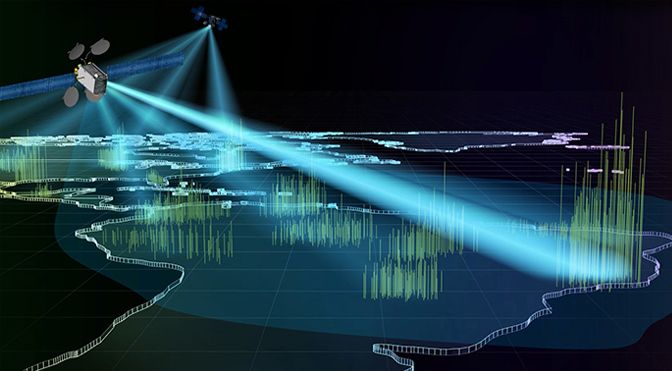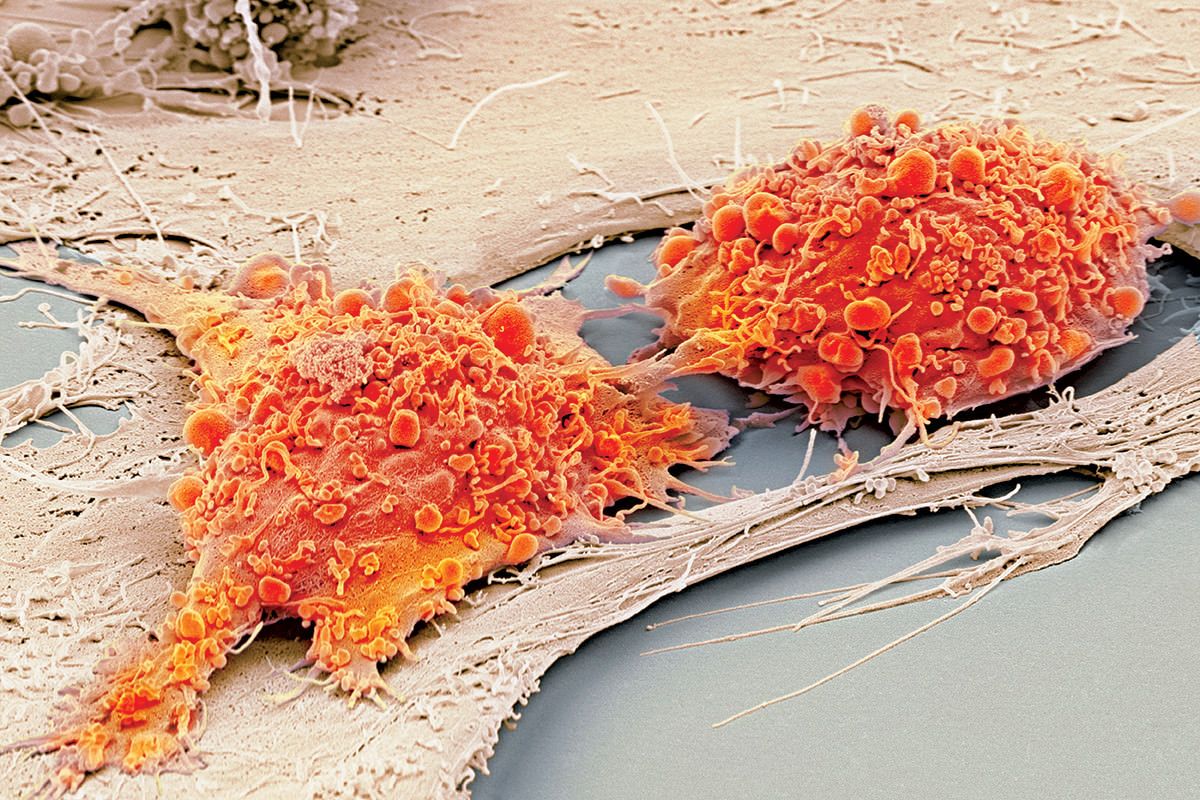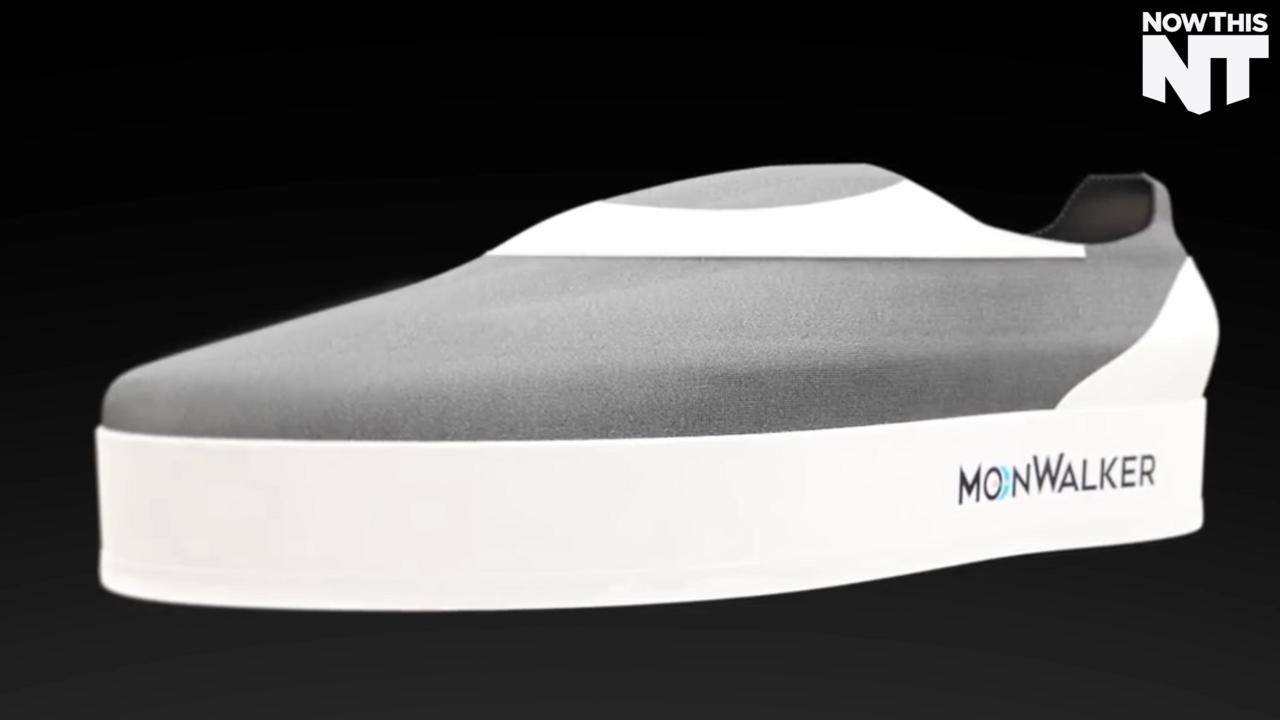Feb 12, 2016
Universal Citizen Income: The Way Forward
Posted by Shailesh Prasad in categories: business, economics, education
When governments value people they find creative ways of making people even more valuable in their local economies and communities. In turn, people return the compliment by contributing to the building of stronger local economies.
When governments do not value people they inadvertently create systems that stifle inventiveness and trap people in cycles of state dependency and long-term unemployment.
The Servicemen’s Readjustment Act of 1944, known informally as the G.I. Bill, is widely (across all political spectrums; around the world) considered one of the most successful pieces of legislation ever passed. It made provisions that effectively created ‘bonds’ to enable low-cost mortgages, low-interest business start-up loans, cash payments for educational return at all entry points, as well as one year of unemployment benefit for returning servicemen. Canada saw similar results for its programs of support for Second World War veterans. Few would argue that this investment in the human capital of service men and women in turn contributed enormously to the overall wealth of both nations to this day.

